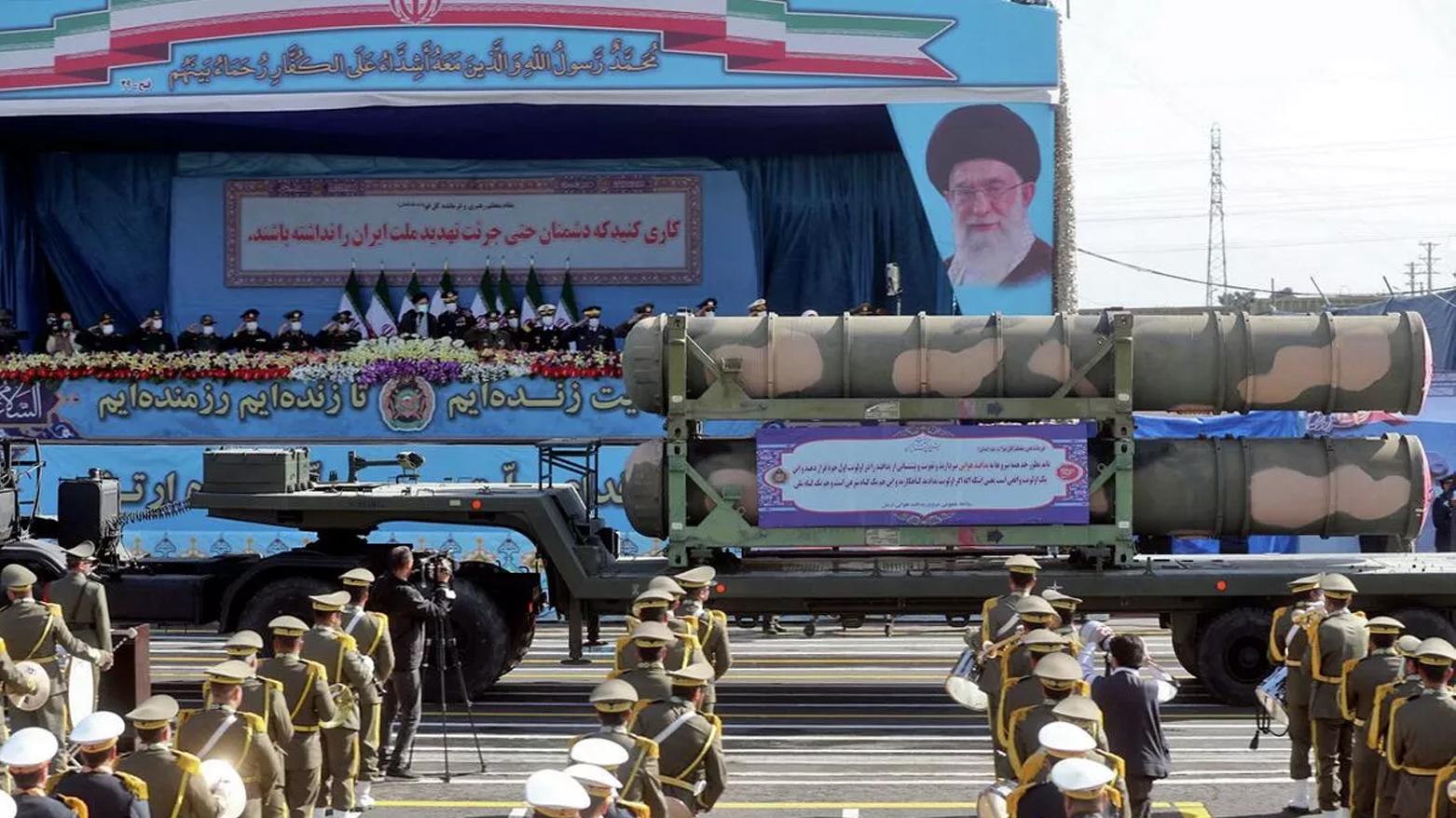Iran Replaces Air Defense Systems Damaged in 12-Day War with Israel
Iran has restored damaged air defenses after clashes with Israel, but tensions remain high. With both sides vowing continued resistance and a fragile ceasefire in place, regional instability persists amid threats of renewed conflict.

By Ahora Qadi
ERBIL (Kurdistan24) – Iran has replaced air defense systems that were damaged during its recent 12-day conflict with Israel, a senior military official said on Sunday, according to state-run media.
The announcement comes weeks after Israel launched an unprecedented bombing campaign in mid-June, targeting critical Iranian military and nuclear infrastructure and triggering a fierce response from Tehran in the form of drone and missile strikes.
Restoring Damaged Capabilities
Brigadier General Mahmoud Mousavi, head of operations in the Iranian army, stated that "the Zionist enemy sought to destroy Iran's defense capabilities, and some of our defense systems were damaged in that war." He confirmed that "the damaged defense systems have now been replaced," in remarks published by the official IRNA news agency.
Iran's integrated air defense architecture includes domestically developed systems such as the Bavar-373 and Khordad-15, alongside Russia’s S-300 systems installed in 2016. These platforms were repeatedly activated across Tehran and other regions during the Israeli strikes.
Heavy Casualties and Strategic Losses
The intense round of hostilities resulted in heavy losses. According to Iranian officials, more than 1,000 people were killed in Iran. Israeli authorities reported at least 28 deaths from Iranian retaliation.
Israel’s attacks specifically targeted Iranian military infrastructure and nuclear sites, including key facilities at Fordo, Isfahan, and Natanz. On June 22, the United States also launched airstrikes on those same sites, marking an unprecedented escalation.
While U.S. President Donald Trump claimed the nuclear facilities were "completely destroyed," NBC News reported last Friday that only one of the three sites suffered extensive damage, according to a military assessment.
Ceasefire Holding Amid Tensions
A ceasefire between Iran and Israel has been in place since June 24. However, the truce remains tenuous amid continued rhetoric from Israeli leadership.
Israeli Prime Minister Benjamin Netanyahu vowed to prevent Iran from rebuilding its nuclear program, while Defense Minister Israel Katz announced that Israel is crafting a military strategy to maintain "air superiority over Tehran" and "enforce restrictions on Iran."
The developments underscore the fragile state of the ceasefire and the persistent volatility of the region as both sides assess the aftermath of the conflict.